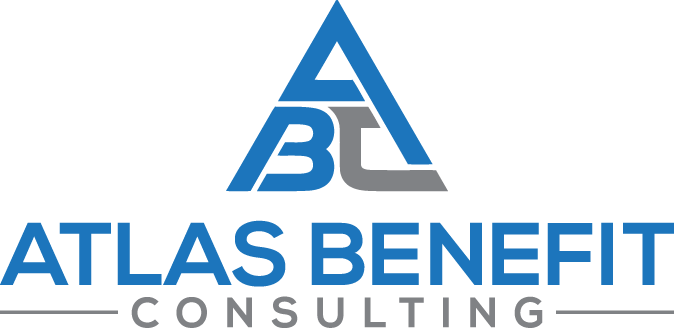Growing Female Veteran Population
In 1973, when the draft ended, women represented 2% of the enlisted forces and 8% of officer corps. Those numbers are currently around 16%, and 19%.
Women now make up roughly 10-11% of the total veteran population. The number of women veterans treated at the VA tripled from 2000-2015, with this number expected to double again in the next 10 years.
It’s no secret that the VA has been and is still ill-prepared to treat clinical needs of the majority of female veterans. The VA has received pressure and been urged to implement new policies that will help address the problems and disparities that women using their services are facing, but many still feel unheard, not understood, and suffer from the lack of expertise for their health issues.
Women can have different post-deployment challenges and health issues that men may not experience, and as such, rightly expect VA doctors and benefit reps to be knowledgeable in women’s health issues and about their military service.
Most Common Disabilities for Women Veterans (as of 2020)
PTSD
PTSD is one of the most common mental health problems for all veterans, regardless of gender. Military Sexual Trauma (MST) can also result in/go hand in hand with PTSD for many women veterans. MST may occur from any type of sexual trauma, from harassment to rape. Review the symptoms of PTSD here and on our PTSD blog post here.
Chronic Back Pain
While this may not seem like a big deal to someone who hasn’t experienced it, chronic back pain makes doing normal day to day activities difficult and painful. This affects daily life so much that those suffering from it may also have disability, depression, and experience poor quality of life. The Cleveland Clinic, Center for Continuing Education, describes low back pain as:
- Acute if lasting one month or less
- Chronic if lasting two months or more
Major Depressive Disorder
This is a common but serious mood disorder that can affect all veterans. Some symptoms that may help indicate Major Depressive Disorder: A significant change in energy or low energy, persistent feelings of sadness or loss of interest, changes in sleep, appetite, concentration, daily behavior changes, and low self esteem. Typically, doctors consider this a possibility when the symptoms have been present for more than two weeks.
Migraines
There is a gender gap in migraines- 85% of all reported migraine sufferers are women! Besides being much more likely to experience them, women veterans can also develop migraines as a result from other conditions, such as a head injury. Migraines can cause throbbing in one main area that varies in intensity. Nausea, vomiting, sensitivity to light and sound, pain in the face and neck, and whole body dizziness or malaise are common symptoms. Migraines can have a severe effect on work life and should be treated seriously.
Gynecological Conditions
Hysterectomies, the removal of the uterus and often the ovaries, is a dominant health issue women veterans face. Hysterectomies may occur to treat chronic pain, pelvic inflammatory disease, endometriosis, heavy cycles, fibroids, prolapse of the uterus, and cancer of the cervix, womb or ovaries.
Women veterans deserve to have healthcare providers and to work with representatives armed with knowledge about their health issues, what they are experiencing, and how to help and treat them.
Connect With Us
We want to help our female veterans get the benefits they earned, need and deserve! Use the button below to schedule a free consultation with a member of our team. One of our consultants will review your service-connected disabilities and work with you to determine if you might be eligible to utilize our service. If not, we will suggest other methods that may yield better results.
Click Here for Info on Your Free Consultation

